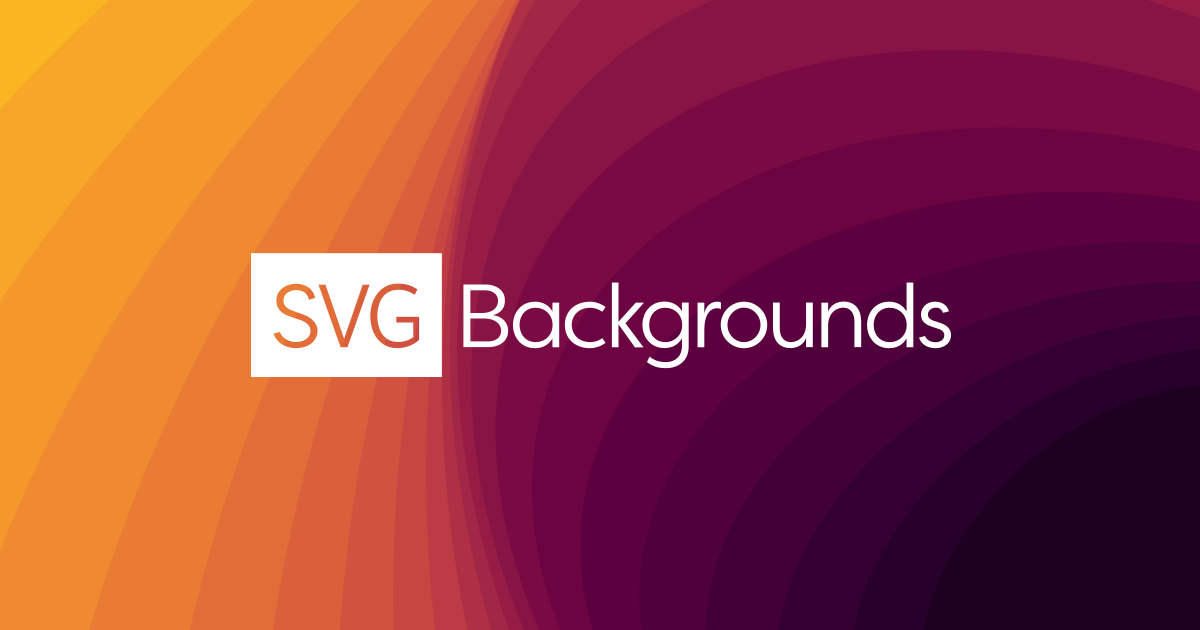In the realm of web design, visual appeal plays a pivotal role in captivating users and enhancing the overall user experience. Scalable Vector Graphics (SVGs) have emerged as a powerful tool for creating stunning backgrounds that add depth, personality, and a touch of artistry to any website.
What are SVG Backgrounds?

In the realm of web design, visual appeal plays a pivotal role in captivating users and enhancing the overall user experience. Scalable Vector Graphics (SVGs) have emerged as a powerful tool for creating stunning backgrounds that add depth, personality, and a touch of artistry to any website.

Types of SVG Backgrounds
The versatility of SVGs allows for a wide range of background designs, including:
- Scalability: SVGs can be scaled infinitely without losing quality, ensuring they look crisp and vibrant on any device.
- Abstract Patterns: Create geometric or organic patterns that add a subtle yet visually appealing touch to your website.
- Nature-Inspired Scenes: Bring the outdoors in with realistic or stylized depictions of landscapes, seascapes, and other natural elements.
- Architectural Elements: Incorporate architectural details such as arches, columns, or facades to create a sophisticated and elegant background.
- Artistic Illustrations: Showcase your creativity with custom-drawn illustrations that convey a specific theme or mood.
- Animated Backgrounds: Bring your background to life with dynamic animations that add movement and interactivity to your website.
- Sketching and Planning: Start by sketching out your ideas and creating a layout for your background.
- Creating Vector Shapes: Use the pen tool or other shape tools to create the individual elements of your background.
- Adding Colors and Gradients: Apply colors, gradients, and patterns to your shapes to bring them to life.
- Exporting as SVG: Once your design is complete, export it as an SVG file to use as a background.
- Optimize for Performance: Compress your SVG files using online tools or plugins to minimize file size and improve page load speed.
- Choose the Right Background Size: Ensure your background is sized appropriately for your website layout and screen resolution.
- Use a Fallback Image: For browsers that do not support SVGs, provide a fallback image to prevent a blank background.
- Experiment with Opacity and Blending: Adjust the opacity and blending modes of your background to create subtle effects and achieve the desired visual impact.
- Consider Accessibility: Use contrasting colors and avoid overly complex designs to ensure accessibility for users with visual impairments.
What are SVG Backgrounds?
SVGs, or Scalable Vector Graphics, are image files defined by mathematical equations. Unlike raster images (such as JPEGs and PNGs), SVGs maintain their clarity and sharpness regardless of the size or resolution at which they are displayed. This makes them an ideal choice for backgrounds that need to adapt seamlessly to various screen sizes and devices.
Why Use SVG Backgrounds?


How to Create SVG Backgrounds
Creating SVG backgrounds involves using vector design software such as Adobe Illustrator or Inkscape. The process typically includes:
Tips for Using SVG Backgrounds
FAQ about SVG Backgrounds
Q: Can I use SVG backgrounds on my WordPress website?
A: Yes, you can use SVG backgrounds on WordPress websites using plugins or by adding the SVG file directly to your theme’s CSS.
Q: How do I make an SVG background transparent?
A: Set the "fill" attribute of the SVG shape to "transparent" or use a transparent background color in your design software.
Q: Can I animate SVG backgrounds?
A: Yes, you can animate SVG backgrounds using CSS animations or JavaScript libraries such as GreenSock.
Q: Are SVG backgrounds better than JPEG or PNG backgrounds?
A: SVG backgrounds offer advantages in terms of scalability, file size, and customization, making them a preferred choice for dynamic and responsive web designs.
Conclusion
SVG backgrounds are a powerful and versatile tool for creating visually stunning and engaging websites. Their scalability, lightweight nature, and customizable options make them an excellent choice for designers seeking to elevate the aesthetic appeal of their projects. By following the tips and techniques outlined in this guide, you can harness the full potential of SVG backgrounds and create captivating and memorable online experiences.





